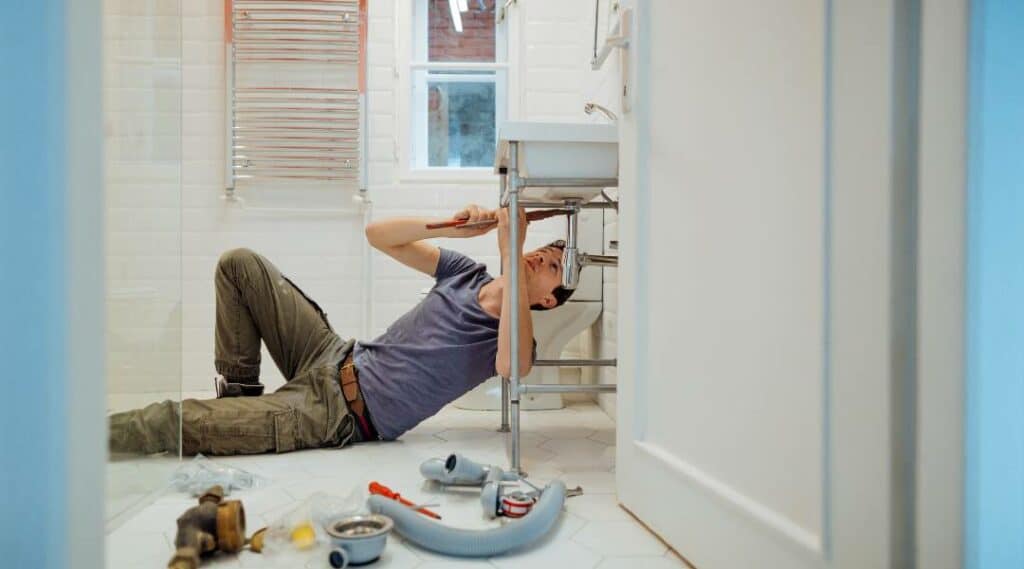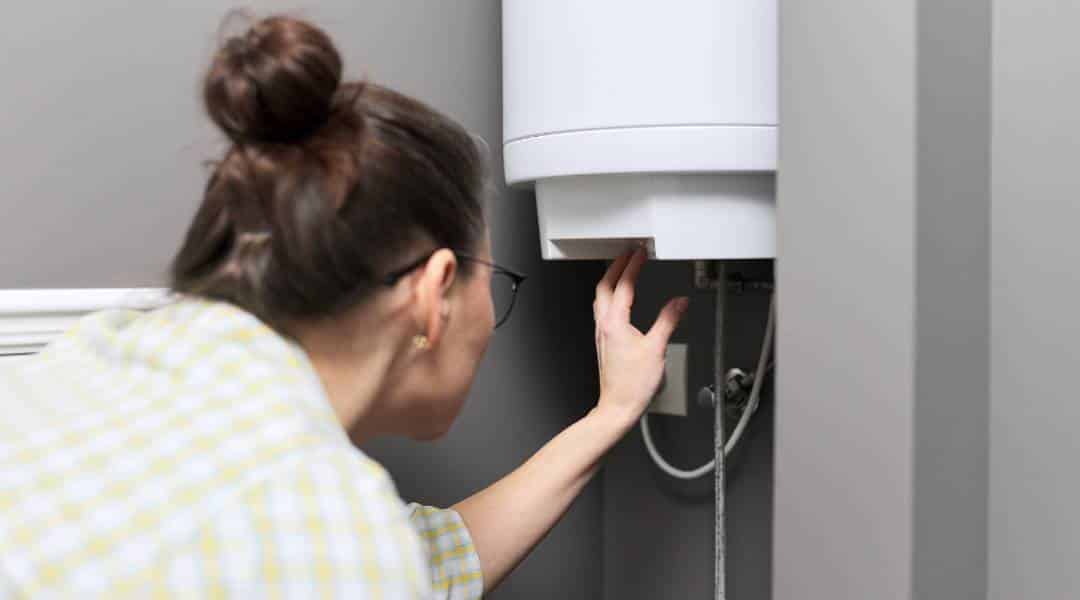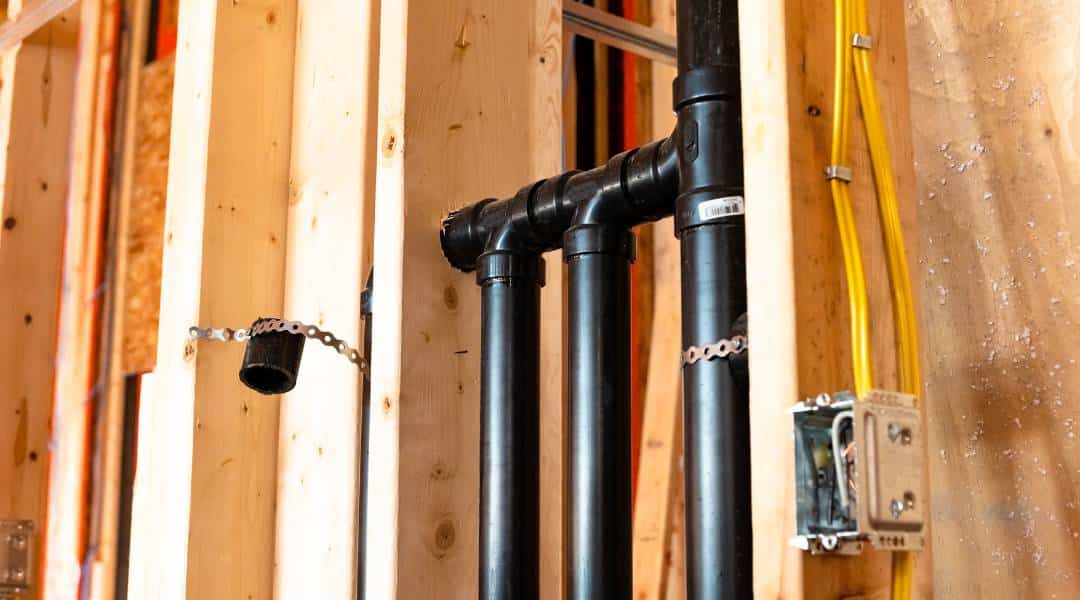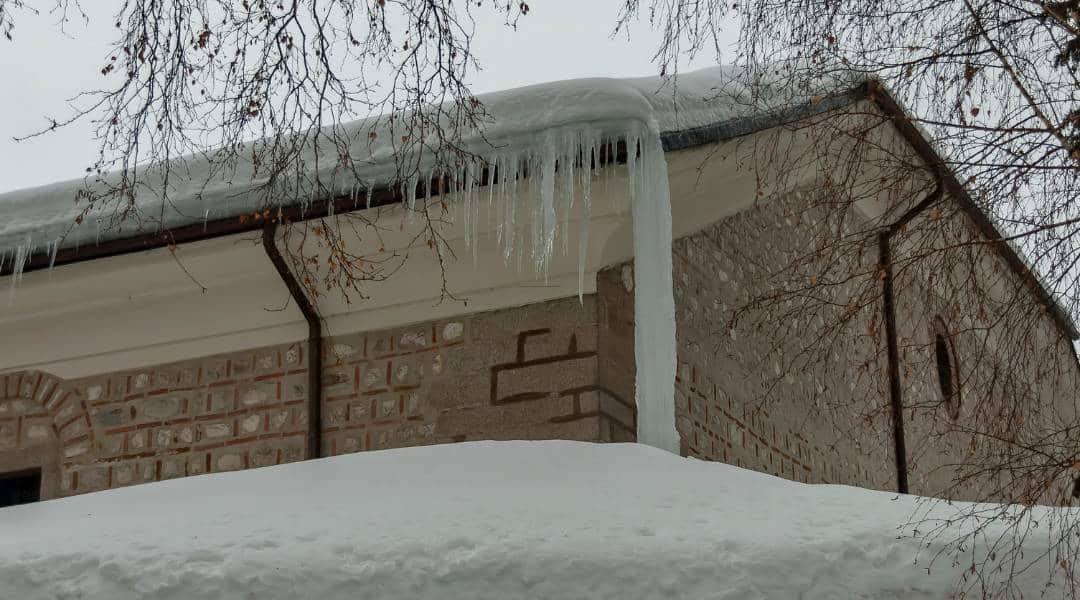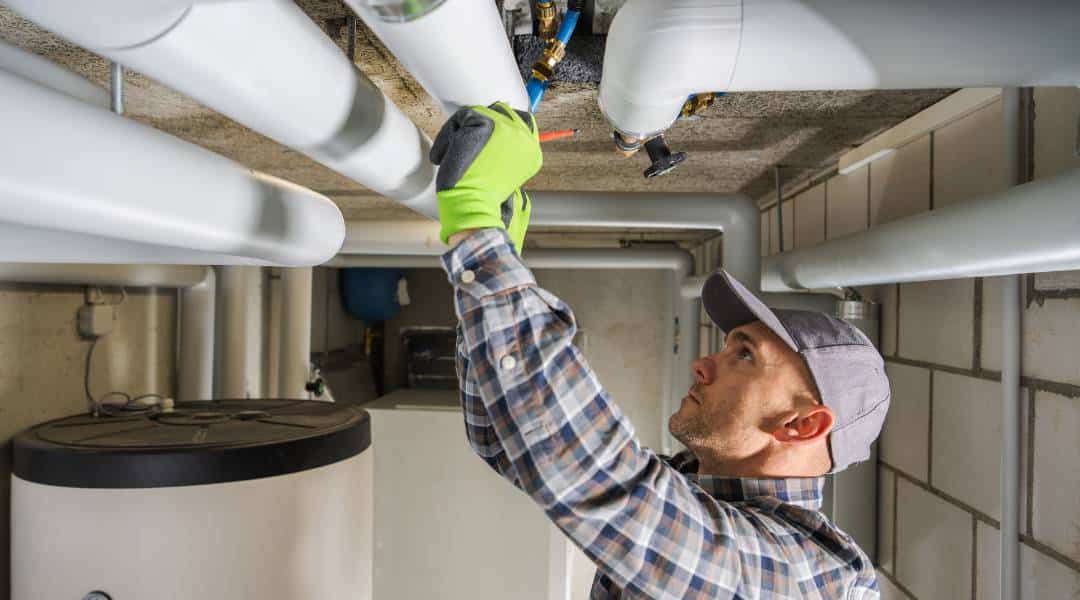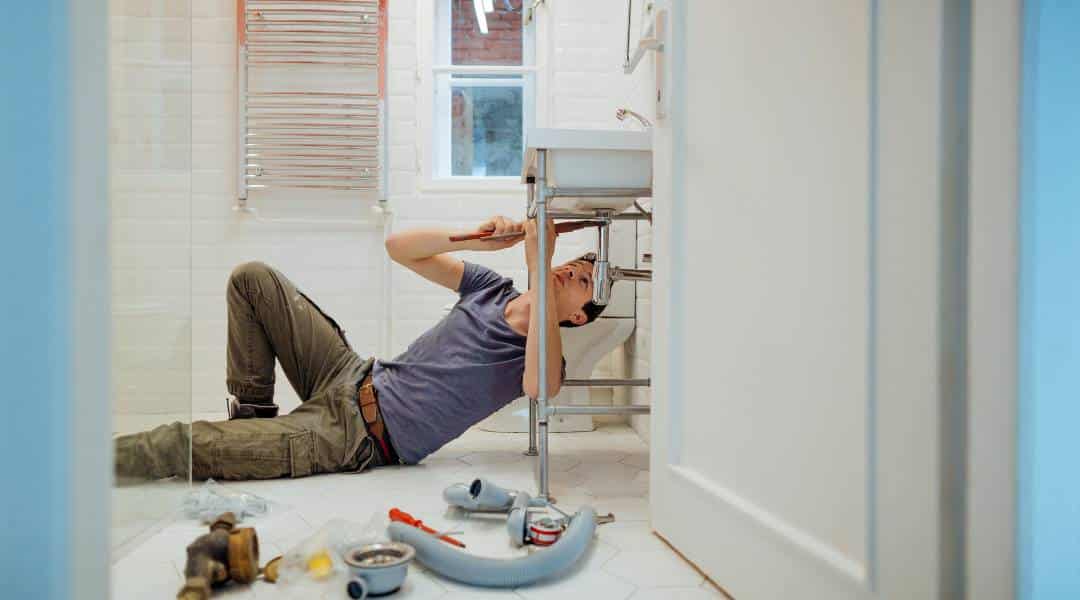Knowing how to tackle basic plumbing repairs is helpful when you have a leaky faucet or a slow drain. For the smaller issues that don’t quite warrant an expert’s touch, such as changing washers or cleaning P-traps, your toolbox, and a little know-how go far. These DIY fixes can prevent minor troubles from escalating into bigger headaches.
However, for persistent leaks, low water pressure, or strange smells—consider calling in professional help promptly. Basic skills and proper tools make all the difference when efficiently maintaining your home’s plumbing health.
Fixing a Leaky Faucet Like a Pro
First, shut off the water to fix a leaky faucet like a pro. This is key to avoiding a wet mess. Next, take apart your tap with care; look for issues such as worn washers or loose parts that could cause drips.
Replace any broken bits—O-rings, seals, or even the whole valve—and snug everything back together. Make sure you’ve got your pliers and wrench ready before starting. These will help tighten fittings and hold pieces in place while you work on them under the sink, where space is tight but crucial to navigate when working on fixtures.
Reassemble everything down there, which can be tricky. Then, turn on the water supply and test the tap to see the results live! Remember, if this quick guide doesn’t cut it because things seem far gone, it may save time to call an expert plumber who’ll know more about deep repairs than we DIY individuals diving into pipes occasionally do.
Unclogging Drains Without Harsh Chemicals
When your drain clogs, try a plunger first. It’s simple: Cover the hole with it and pump up and down quickly. Often, that’s all you need to clear the blockage without any chemicals.
If plunging doesn’t work, pour half a cup of baking soda and equal vinegar; this natural mix can effectively break down gunk. Wait for about an hour, then flush with hot water afterward—not boiling, though; extreme heat might damage pipes over time! For tougher jams, snake out debris using a metal hanger or plumbing snake tool to manually remove obstacles within reach.
Always wear gloves during these tasks to protect your hands!
Preventing Frozen Pipes in Chicago Winters
When Chicago’s winter hits hard, you must keep your pipes safe. Let faucets drip slightly to prevent them from freezing; this stops ice in its tracks. Also, always have the heat on at least 50 degrees, even when you’re out, to keep things warm inside and avoid a burst disaster.
If they freeze despite precautions, here’s what’s next: cut water flow immediately to avoid more damage. Use hot packs or towels on frozen patches gently until thawed—never flames or fire, though; that just asks for trouble! Remember these steps and seek expert assistance if needed; it’ll save headaches later!
Tackling basic DIY plumbing repairs saves time and cash. Learning to fix a leaky faucet, unclog drains, or replace a showerhead pays off.
Keep the right tools handy: wrenches, pliers, tape—essentials for quick fixes around your Chicago home. Mistakes happen; if they do, contact Discount Plumbing Chicago for help. Feel proud of mastering these skills as you keep your home’s water flowing smoothly!





